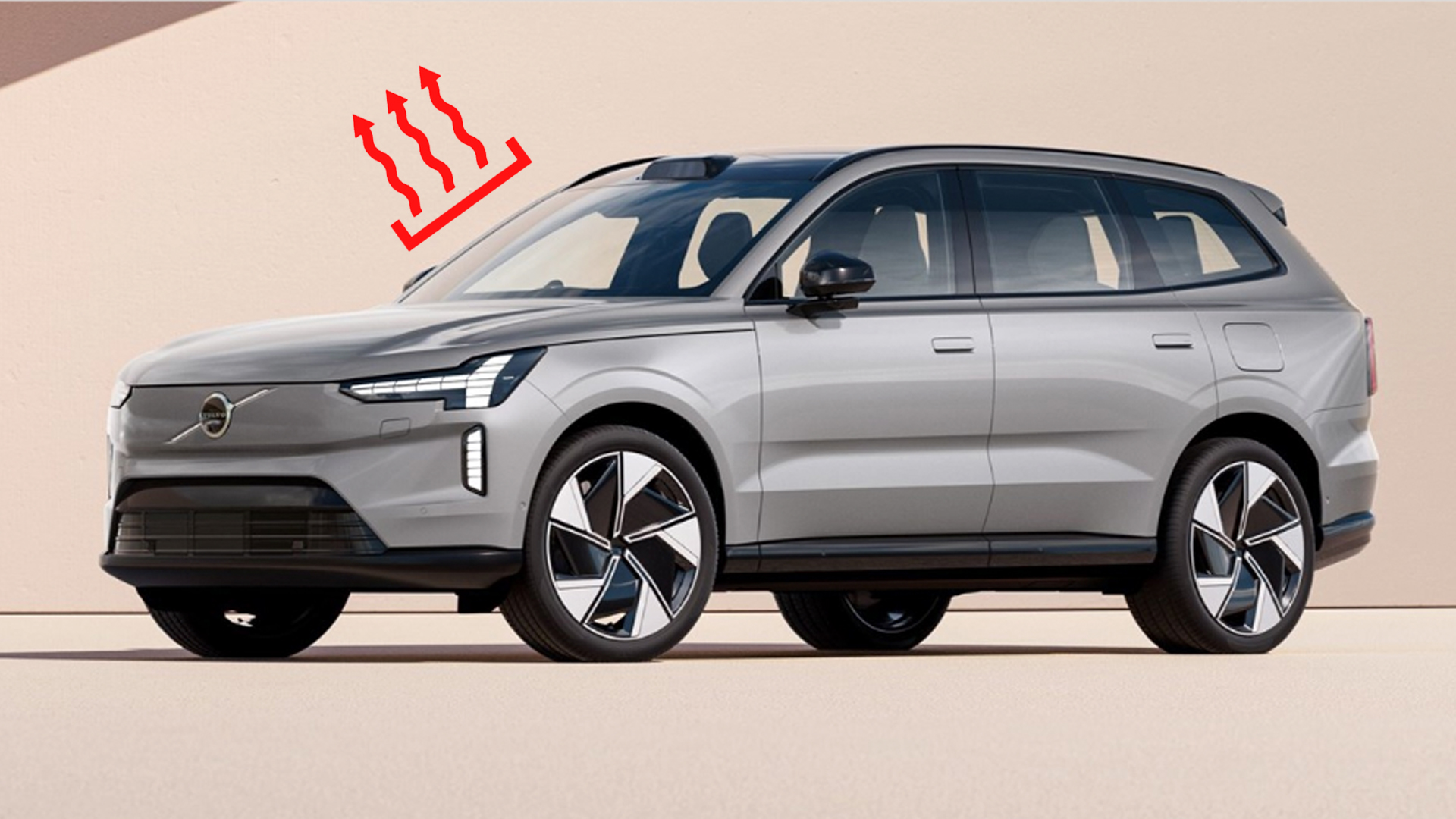Revolutionize Your EV Experience: Volvo’s Groundbreaking Innovation in Heated Windshields for Maximum Efficiency

Heating Up Efficiencies: Volvo’s Unconventional Approach to Reducing Aerodynamic Drag
The quest for efficiency has long been a staple of the automotive industry, with manufacturers constantly seeking innovative ways to reduce their vehicles’ drag and improve their fuel economy. While techniques like active grille shutters and air curtains are nothing new, one approach that’s been gaining attention is the use of heat to reduce aerodynamic drag. Yes, you read that correctly – heat. And it’s not just about warming up the cabin or the battery pack, either.
As recent patents and patents-in-progress have revealed, certain manufacturers are experimenting with a rather unconventional method to reduce their vehicle’s aerodynamic drag: using heat to warm up the outer surfaces of the car. This seemingly counterintuitive approach may actually prove to be a game-changer for automakers looking to squeeze every last bit of efficiency out of their vehicles.
The Science Behind It
According to Volvo’s patent filing, the process involves using a vehicle’s existing heating system to warm up the outer surfaces of the car, including the windows. By doing so, the vehicle creates a "boundary layer" of heated air adjacent to its surface, which reduces the density of the surrounding air. This, in turn, minimizes the drag caused by air passing over the vehicle’s surface.
This concept is particularly noteworthy given that similar principles are used in other fields, such as Formula 1 racing, where teams employ tire blankets to warm up their tires before a race to improve grip and traction. So, why not apply this same principle to car design?
The Volvo Patent Application
The patent filing in question, filed with the European Patent Office, outlines a system that utilizes a vehicle’s existing heating system to warm up the outer surfaces of the car. This includes the windows, which are particularly crucial in reducing drag, as air passing along and over them tends to "stick" and create additional drag. By heating the windows, this air is transformed into a slick, high-velocity stream that flows past the vehicle more efficiently.
Implications and Potential Benefits
This innovative approach to reducing aerodynamic drag could have far-reaching implications for the automotive industry. By harnessing the power of heat to improve efficiency, manufacturers could potentially increase their vehicles’ ranges, reduce fuel consumption, and lower emissions. With the ongoing drive towards more sustainable vehicles, this technology may prove to be a valuable tool in the quest for a more eco-friendly driving experience.
A More Efficient Future?
While this technology is still in its early stages of development, the potential benefits are undeniable. By exploring unconventional approaches like this, we may see a new wave of innovations that transform the way we think about vehicle efficiency. So, the next time you’re cruising down the highway, remember – there may be a tiny heater hidden beneath your car’s sleek surface, working tirelessly to improve your fuel efficiency and reduce its environmental impact.
Ways to Stay Ahead of the Curve
Are you an enthusiast with a knack for innovative car-related ideas? We’d love to hear from you! Reach out to us at tips@thedrive.com with your own unconventional aerodynamic ideas, and who knows – you might just be the next big thing in automotive engineering.






